I have always wondered about Japanese myths and legends while watching anime. Later I discovered some of the characters and theories were from their myths and legends. Japan is a land of rich history and captivating stories, where myths and legends are woven into the fabric of everyday life. From the gods of ancient Shinto to the mystical creatures that roam the forests, Japanese folklore is a world brimming with supernatural forces, moral tales, and deep spiritual symbolism.
Let’s explore Japan’s most prominent myths and legends.
1. The Creation Myth: Izanagi and Izanami
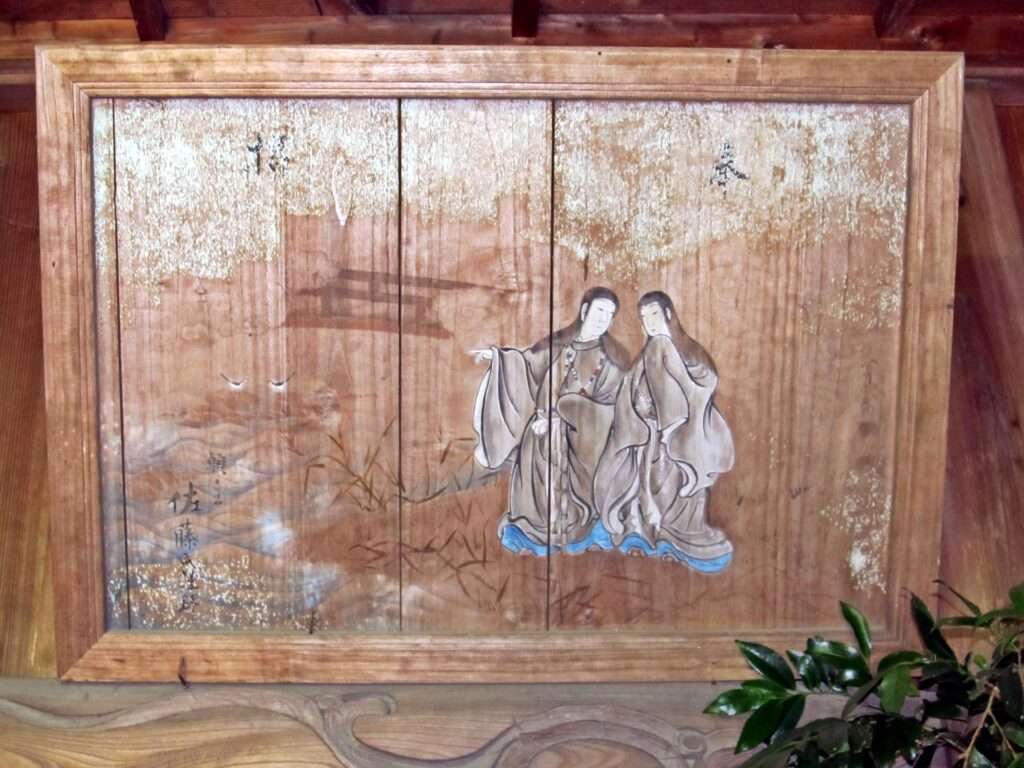
At the heart of Japan’s mythology is the creation story of Izanagi and Izanami, a pair of deities central to Shinto beliefs. According to legend, the two gods were tasked with creating the world. Standing on the floating bridge of heaven, they stirred the sea with a jeweled spear, and the drops of water that fell from it formed the islands of Japan.
However, tragedy soon followed. Izanami, the goddess of creation and death, died while giving birth to the fire god, Kagutsuchi. Grief-stricken, Izanagi journeyed to the underworld to retrieve her, but the sight of his decayed wife caused him to flee in horror. This event marked the separation of life and death in the world and led to Izanagi performing purification rituals that are central to the Shinto religion.
2. Amaterasu: The Sun Goddess
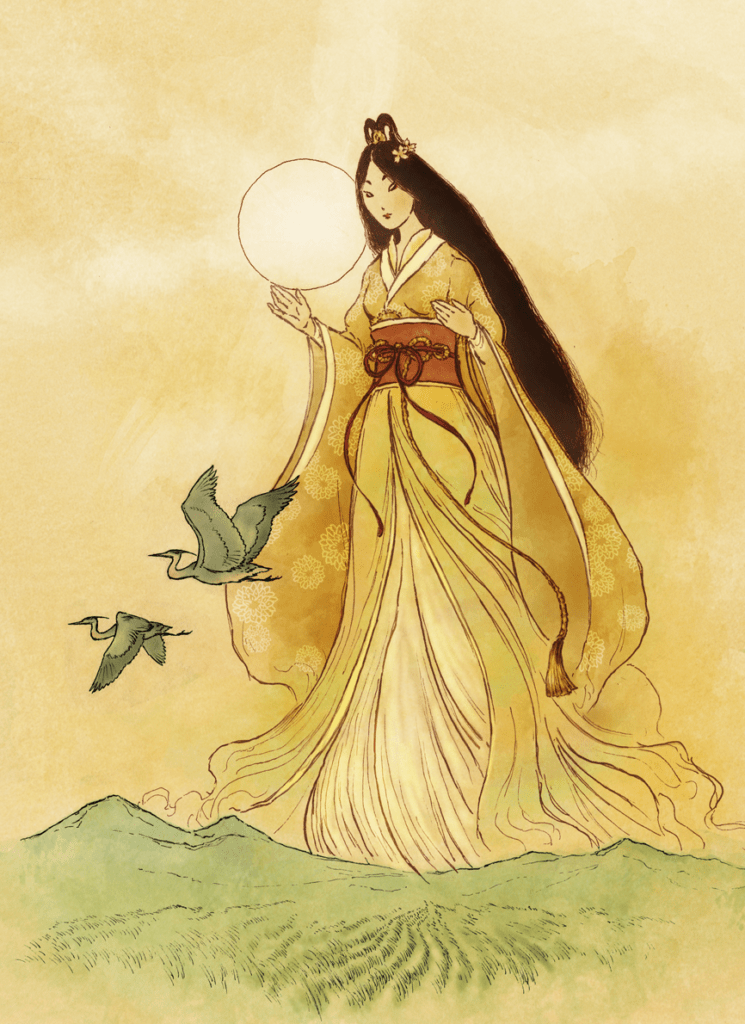
Amaterasu, the sun goddess and daughter of Izanagi, is one of the most important deities in Japanese mythology. She is considered the ancestor of the Japanese imperial family, and her story of retreating into a cave after a conflict with her brother, Susanoo, the storm god, is one of the most famous legends.
In the myth, Susanoo’s misbehavior enraged Amaterasu to the point that she secluded herself in a cave, plunging the world into darkness. The other gods, desperate to bring light back to the world, devised a plan to lure her out. They placed a mirror outside the cave, and when Amaterasu peeked out to see her reflection, the gods seized the opportunity to pull her out, restoring light to the world.
3. Yokai: Supernatural Creatures and Ghosts
The world of Japanese myths is also filled with Yokai—supernatural creatures that range from mischievous spirits to terrifying monsters. These beings have become an essential part of Japanese folklore, inspiring everything from traditional artwork to modern films and anime.
Some of the most famous Yokai include:
- Kappa: Kappa are water-dwelling creatures that appear in many regions of Japan. Often depicted as child-sized beings with webbed hands and feet, a dish-like depression on their heads, and a love for causing mischief, kappa are a mix of comical and dangerous. They are said to inhabit rivers, lakes, and ponds, sometimes drowning people or animals that wander too close to the water’s edge. However, kappa are also bound by strange rules of etiquette. If you bow to a kappa, it is compelled to bow back, spilling the water from the top of its head, which weakens or even kills it. Some legends even tell of humans making pacts with kappa for knowledge or favors, making them one of the more complex creatures in Japanese folklore.

- Tengu: Tengu are one of the most recognizable and intriguing figures in Japanese folklore. These mischievous and powerful spirits are said to live in the mountains and are often depicted with red faces, long noses, and the ability to fly. In earlier myths, tengu were portrayed as dangerous and disruptive beings, even warlike in some stories. However, over time, their image softened, and they came to be seen as protectors of the mountains and skilled martial artists. Tengu are closely associated with the Shugendō religion, where they are believed to guard sacred mountain spaces and test the spiritual strength of monks and warriors. Today, they are a popular figure in both traditional and pop culture, appearing in festivals and even modern anime.

- Oni: Oni are one of the most recognizable creatures in Japanese folklore. These fearsome demons are often depicted as large, horned monsters with bright red or blue skin, wielding massive clubs. Oni are associated with punishment and terror, and they are said to inhabit hell or remote mountains. However, not all Oni are purely evil. In some stories, they play a more complex role, and in recent years, their image has been softened in certain regional festivals, where they act as protectors or symbols of good fortune. The famous Setsubun festival, where people throw beans to drive out the Oni and bring in good luck, is a key example of how Oni remain deeply ingrained in Japanese culture.
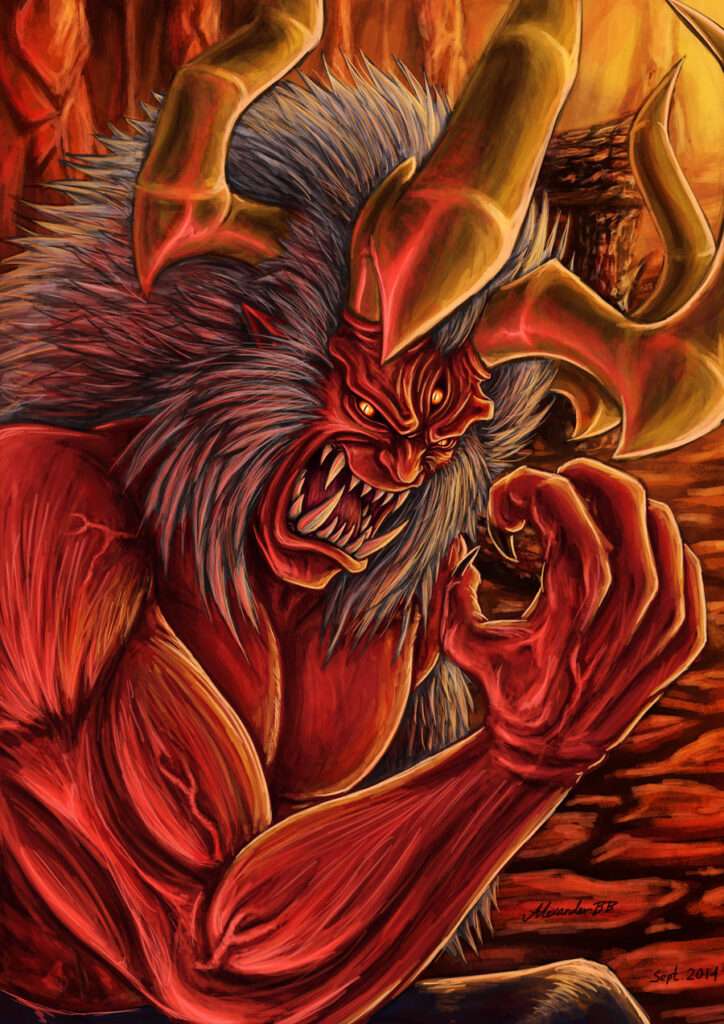
4. Urashima Taro: A Tale of Time Travel
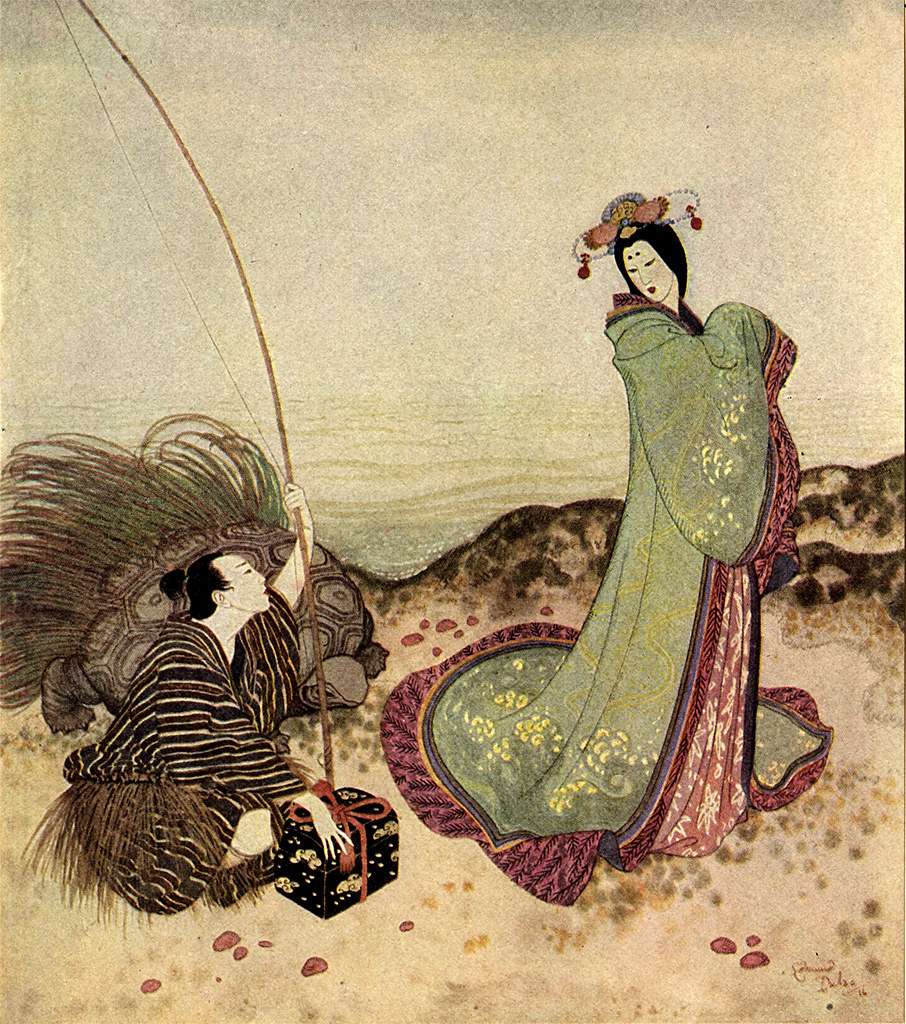
The story of Urashima Tarō is a popular Japanese folktale with a poignant moral. Urashima Tarō, a humble fisherman, saves a turtle from cruel children and, as a reward, is invited to the Dragon Palace beneath the sea by the turtle, who transforms into a beautiful princess. Urashima spends what seems like a few days in the palace, enjoying the company of the princess and the magical underwater realm.
However, when he returns to the surface, he discovers that hundreds of years have passed, and everything he once knew is gone. In his grief, Urashima opens a mysterious box given to him by the princess, despite being warned not to. The moment he opens it, he ages rapidly, and the story ends in sadness.The tale of Urashima Taro explores the themes of time, loyalty, and the consequences of curiosity.
5. The Tale of Momotaro: The Peach Boy
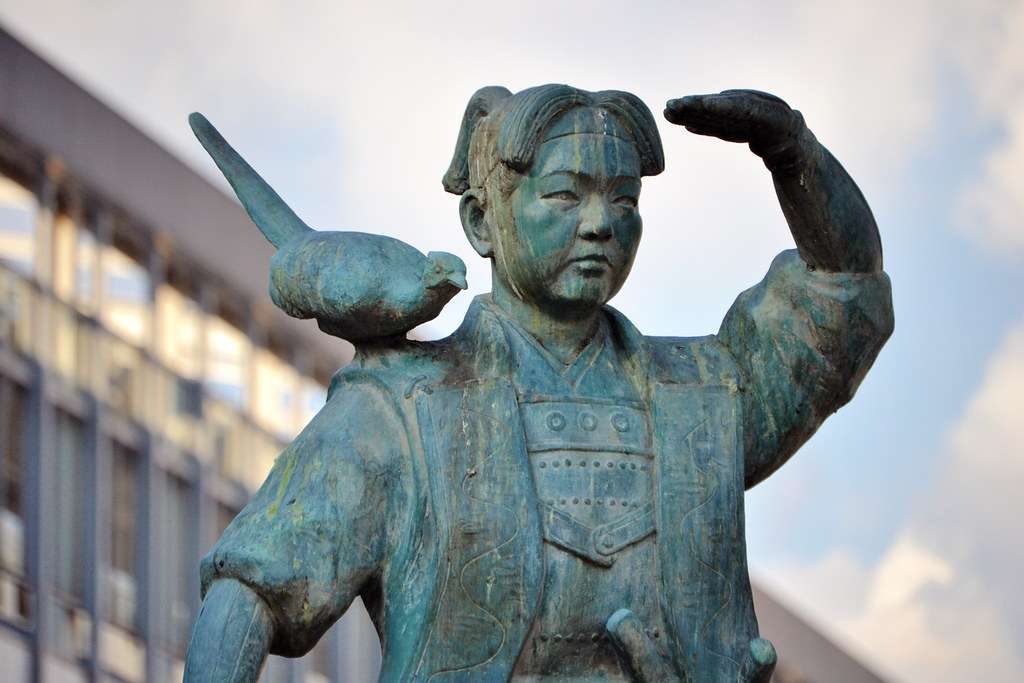
Momotaro, or “Peach Boy,” is another beloved figure in Japanese folklore. According to legend, an elderly couple found a giant peach floating down a river. When they cut it open, they discovered a boy inside, whom they named Momotaro. As he grew, Momotaro displayed exceptional strength and courage, and eventually set off on a journey to defeat a band of oni (demons) who had been terrorizing the land.
With the help of three animal companions—a dog, a monkey, and a pheasant—Momotaro defeated the oni and returned home victorious, bringing peace and prosperity to his village. His story symbolizes the power of kindness, cooperation, and the triumph of good over evil
6. The Legend of the Bamboo Cutter: The Tale of Princess Kaguya
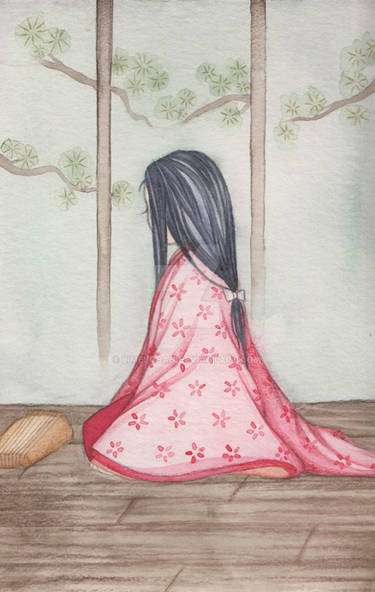
One of Japan’s oldest and most beautiful legends is the Tale of the Bamboo Cutter (Taketori Monogatari), which tells the story of Princess Kaguya, a mysterious girl found inside a bamboo stalk. Raised by an elderly bamboo cutter and his wife, Kaguya grew into a woman of extraordinary beauty, attracting many suitors.
However, Kaguya was not of this world. She came from the moon, and after fulfilling her time on Earth, she returned to her celestial home, leaving behind a grieving family. The story is a bittersweet reflection on the impermanence of life and unrequited love.
7. The Jorogumo: The Spider Woman
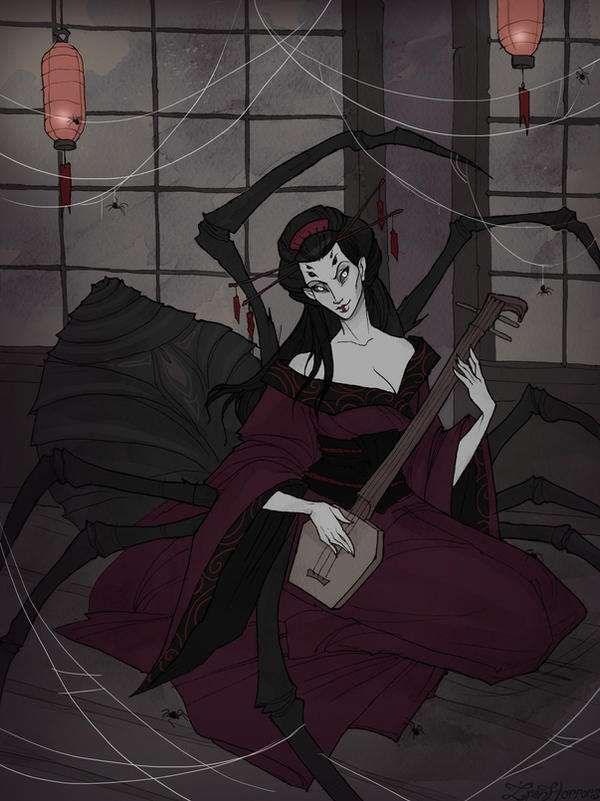
Japanese legends also include more eerie and chilling tales, such as the story of the Jorogumo, or the Spider Woman. In folklore, she is a beautiful woman who lures unsuspecting men into her web before revealing her true spider form and devouring them.
The Jorogumo myth is often interpreted as a cautionary tale about seduction and deceit. It reminds listeners to be wary of appearances and the dangers of succumbing to temptation.
8. Yamata no Orochi: The Eight-Headed Dragon
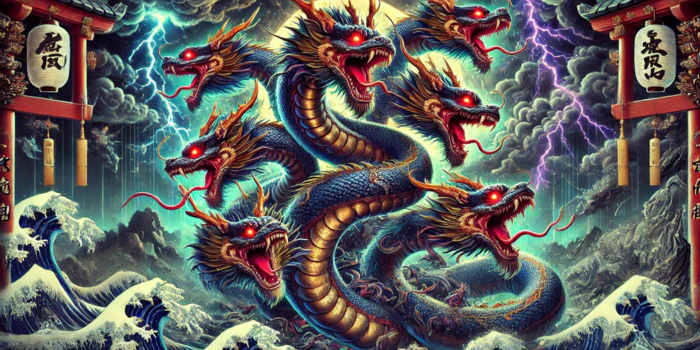
Yamata no Orochi is a fearsome eight-headed dragon from Japanese mythology, and his story is one of heroism and divine intervention. According to the myth, Orochi terrorized the land of Izumo, devouring maidens each year. When Susanoo, the storm god and brother of Amaterasu, was banished from the heavens, he encountered the grieving family of one such maiden and vowed to save her.
Susanoo devised a clever plan to intoxicate the dragon with sake. Once Orochi was incapacitated, Susanoo slew the dragon, cutting off each of its heads. From the tail of Orochi, Susanoo discovered the legendary sword Kusanagi, which later became one of the Three Sacred Treasures of Japan, symbolizing the power of the Japanese imperial family.
9. Yuki-Onna: The Snow Woman
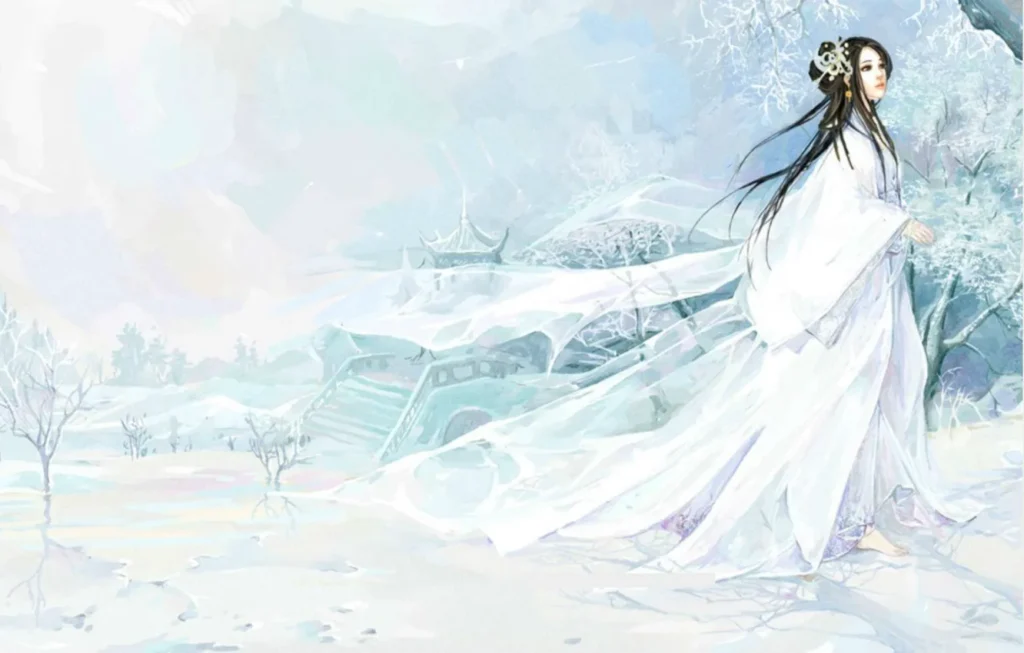
Yuki-Onna, or the Snow Woman, is a ghostly figure that haunts snow-covered landscapes, often appearing to travelers in the middle of a snowstorm. With her pale skin, flowing white robes, and icy demeanor, Yuki-Onna is as beautiful as she is terrifying. According to legend, she can freeze anyone with a single breath, and she is known for luring men to their deaths.
However, not all versions of the story portray her as purely malevolent. In some tales, Yuki-Onna falls in love with a mortal man, and her cold heart begins to warm. Yet, the tragic nature of her existence means she can never fully escape her ghostly origins, making her one of the most haunting and enduring figures in Japanese folklore.
10. Noppera-bo: The Faceless Ghost

The Noppera-bō is a ghostly figure that can appear human but lacks any facial features. Often encountered on lonely roads or in quiet villages, these spirits are known for their unsettling ability to reveal their blank faces to startled travelers. Although not inherently malicious, the Noppera-bō causes fear through its eerie, unexpected presence.
One famous story involving a Noppera-bō takes place near the pond at Asakusa’s famous temple, Senso-ji in Tokyo. A fisherman encounters what he believes to be a sobbing woman, only to see her face vanish, leaving a blank, smooth surface.
Japanese myths and legends are more than just stories; they offer insights into the values, beliefs, and spiritual practices that have shaped Japan for centuries. From the divine origins of the imperial family to the moral lessons found in folktales, these stories continue to resonate with both young and old, leaving a lasting impact on Japanese culture. Whether you’re fascinated by heroic gods, mystical creatures, or poignant tales of loss, the world of Japanese mythology offers something for everyone to explore.








